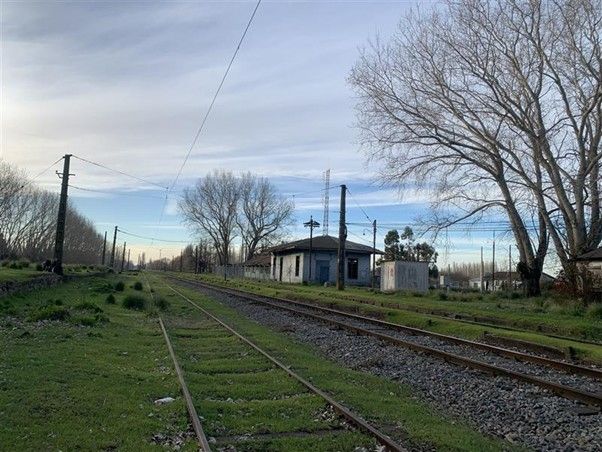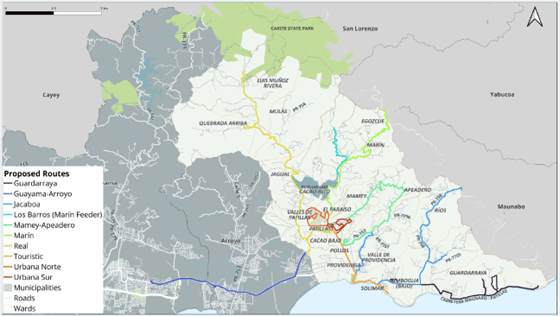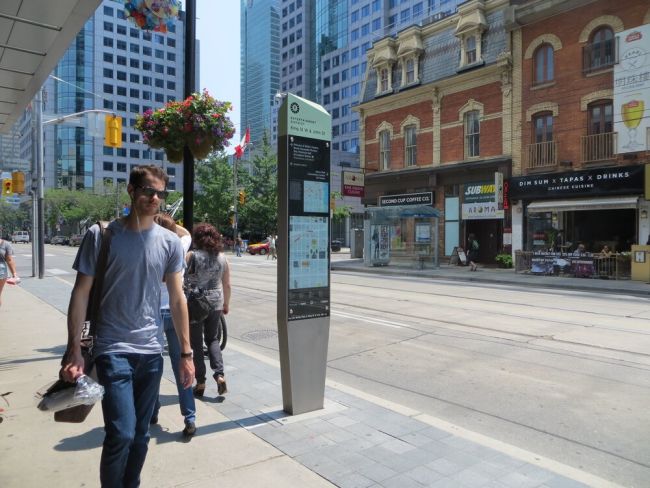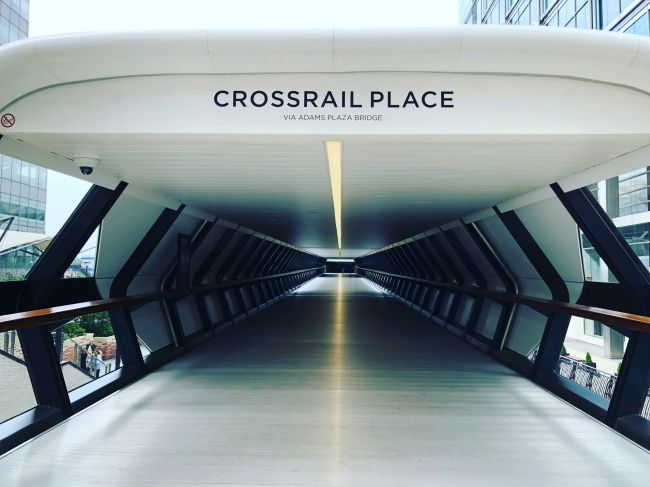North American transport infrastructure - two decades on
Associate Director, Michael Colella, originally from New York, has returned home after spending 22 years in London.
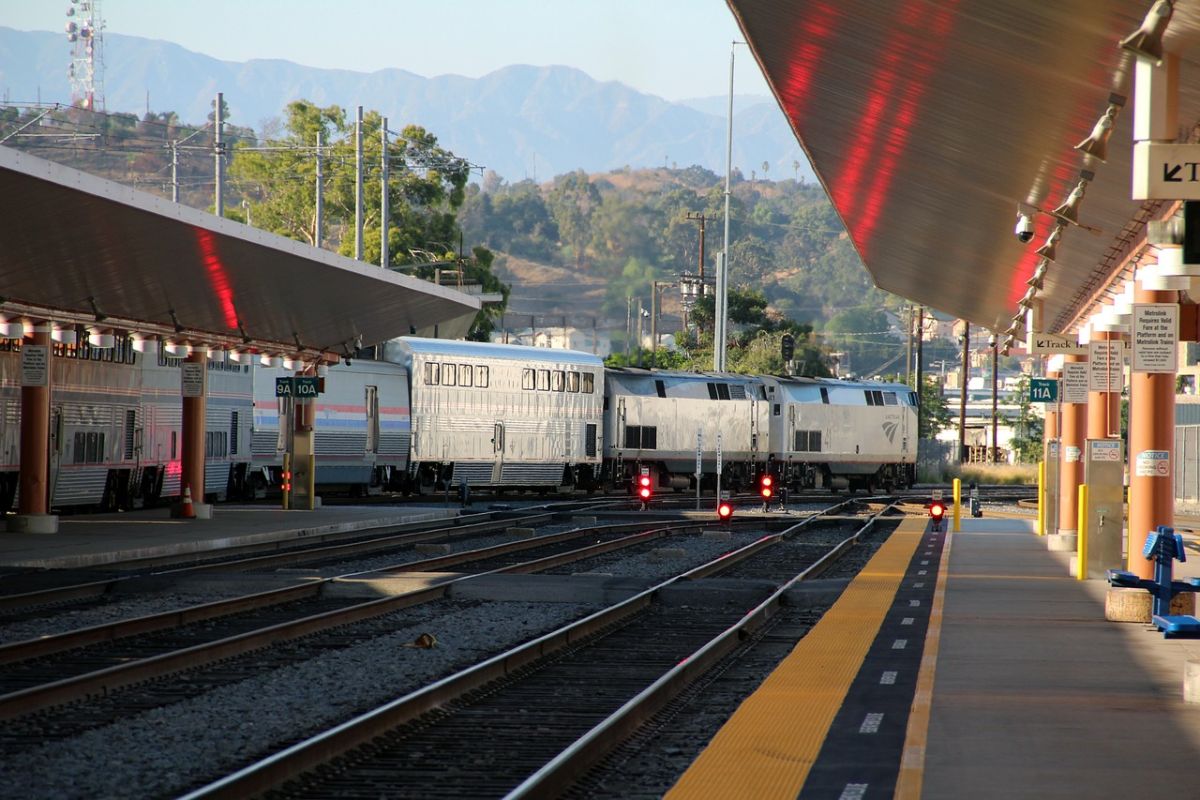
Associate Director, Michael Colella, originally from New York, has returned home after spending 22 years in London. Given his experience working in both the UK and USA, we asked Michael about the differences between the two, and what challenges he sees for transport in North America.
Q: Since you have been away from the States for over two decades, how do you compare transport infrastructure and policy today to that of the 1990s?
A: I think nowadays there is a growing acceptance that transport infrastructure, and infrastructure more generally, are much more important issues than they were perceived to be in the 1990s. Back then, transport was important in some areas, but on more general terms and at a national level, people just got around and transport was not a priority on the political agenda of the time. In Canada, back in the 1990s, they were disinvesting in transport. Fast forward 20 years and we start seeing a sense of urgency and appetite to do something in this arena. In Canada, since the Trudeau administration came into power, they have increased investment in transport infrastructure. In the US, there is definitely a greater interest, and in key areas – LA, Seattle, Atlanta, Dallas, Houston, Denver – they are finding ways to generate income for investing in infrastructure improvement.
Q: What are the main differences between transport in the UK and North America?
A: In the US, there is a clearer distinction between what the private sector does, such as running an airline, and what the public sector does, such as running a commuter rail service. In the UK, it is much more fluid. There is a sense that while transport policy is ultimately a public-sector decision, the development and delivery could be done by either the public or private sector. London is the best example of this, where Transport for London determines the types of bus or rail services or cycling policies, but most are operated and delivered by the private sector. This outsourcing remains limited in the US, and although some exceptions such as P3 toll road projects are happening, there is very limited involvement of the private sector in what is considered the public-sector realm. Canada is similar to the UK. For example, Toronto’s Metrolinx determined what they wanted for the GO station expansion project but the private sector will develop, deliver and run the expansion.
Q: What are the challenges you see facing transport into the future in the UK and North America?
A: I have found that the quality of infrastructure in the US could use some improvements, but there are fundamental challenges – more money, investment and time are needed to deliver these. I think the country could benefit from finding a more effective and efficient way of delivering and maintaining transport infrastructure involving the private sector. In the UK, the challenges lie in the growing population using infrastructure that isn’t growing at the same rate and finding the funding to make the necessary changes that doesn’t depend solely on general taxation. Canada is somewhere between the US and UK. Some infrastructure in Canada has seen very little investment over the last few decades, though this is now changing. I think passenger rail could be playing a much bigger role, whether it is long-distance commuting or intercity.
Q: Technology is constantly changing transport as we know it. In your view, which technologies are having a bigger impact on the transport sector?
A: Many technologies have already had an interesting impact on the world, as we know. In New York, for example, services like Uber have had a pretty big impact on people’s lives. Bike share schemes have also had interesting consequences, allowing big cities like New York and London to have more extensive cycling infrastructure than 20 years ago. It will be very interesting to see how technology impacts a country like Canada, with a large rural population. I think rural communities could really benefit from some of the technologies that are starting to permeate.
Q: Steer works across the globe. Could any transport lessons or strategies being deployed in other countries or geographies be applied to the UK or North America?
A: I think bus rapid transit (BRT) and more flexible transport infrastructure could play a much bigger role in North America or even the UK. The rise of BRT in Latin America – Brazil, Colombia, Chile and almost every country there – has been done partially because they didn’t have the time to design and build big expensive metro or commuter rail systems. They potentially represent a stepping stone to those metro systems in the future where demand, fares and costs are better understood. This approach of ‘incrementality’ is really something that could be leveraged further elsewhere.
